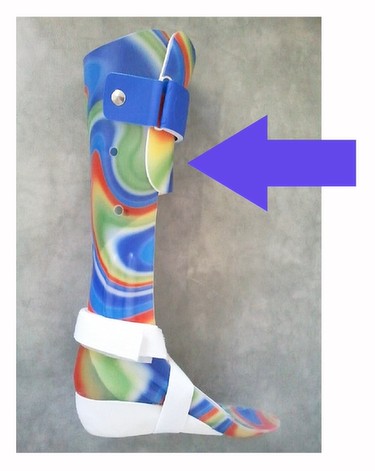Foot Braces - An Overview
Foot Braces - An Overview
Blog Article
The Best Strategy To Use For Foot Braces
Table of Contents10 Simple Techniques For Foot Braces5 Easy Facts About Foot Braces DescribedThe Basic Principles Of Foot Braces
(1) Background: ankle-foot orthosis (AFO) is the most typically prescribed orthosis to patients with foot decline, and ankle joint and foot troubles - Foot Braces. (3) Results: AFO prevents the foot from being dragged, provides a clearance in between the foot and the ground in the turning stage of stride, and keeps a secure position by allowing heel contact with the ground during the position stage.By positioning thermoformed plastic to cover the positive plaster model, it produces the orthosis in the exact form of the model. PAFO can be categorized according to the visibility of hinges, primarily as solid ankle kinds without joints and pivoted ankle joint kinds with additional joints.
The leaf-like creases are intended to reinforce the component of the ankle joint with one of the most amount of motion and duplicated loadings. The creases work as a spring in the ankle that enables slight dorsiflexion in the mid and terminal stances, and this elasticity can also marginally aid the push-off function in the terminal stance.

How Foot Braces can Save You Time, Stress, and Money.
The plantarflexion can also be entirely restricted by look at more info fitting the coverings at 90 without space in between. The Gillette joint, like the Oklahoma joint, attaches a separate shank shell with the foot covering, permitting both plantarflexion and dorsiflexion. HAFO is widely utilized in kids with spastic diplegia and individuals with abnormal hemiplegia after stroke, as it can extend the ankle joint plantar flexor to reduce tightness and decrease chaotic muscle-response patterns.
